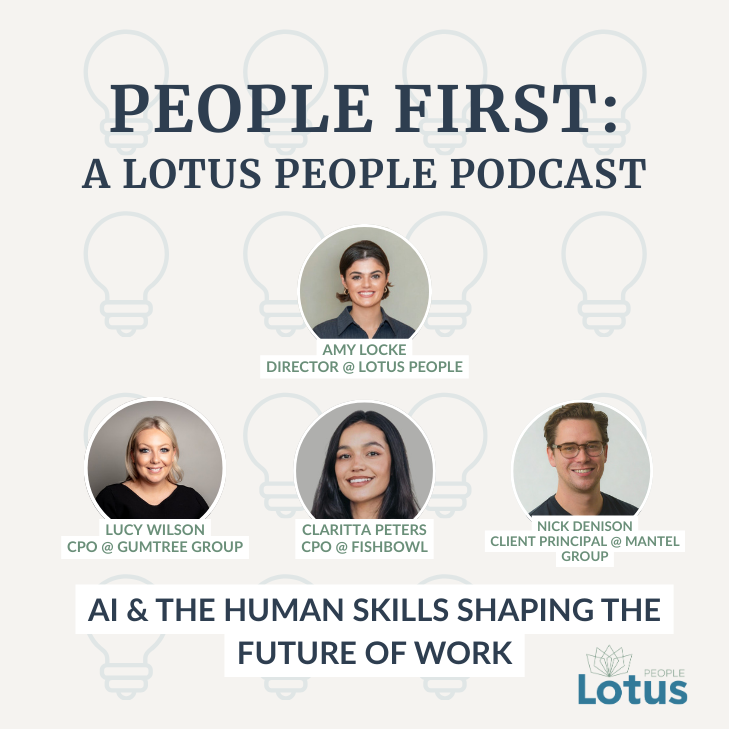Week 2 of Lotus People is nearly complete, and it has been a whirlwind journey so far! Having had three months out of industry, and coming back in with a fresh pair of eyes, one thing that has become apparent is the varied etiquette around job seeking, and applying for roles.
We are on a huge campaign to reconnect with our network and to generate new relationships with candidates across Sydney, and so we have spent the majority of the last two weeks speaking with candidates over the phone and screening through resumes. We can receive in excess of 100 applications per ad and with just two of us in the office; there are only a certain amount of people we can speak to and progress to registration stage with! The way you approach your job search is key to your success in registering with an agency, and so here is a list of our ‘Dos and Don’ts’ when applying for roles;
- Don’t just flick through a resume on Seek, and hope for the best. Office Support is a competitive space, with an oversupply of candidates and an undersupply of roles. You need to make yourself stand out. Call to introduce yourself once you have sent through your resume, if you have access to the consultants contact details. We will easily be able to locate your application, and you may find you jump ahead of the pack and may even have a phone interview right there and then.
- Don’t ask for the name of the company that we are advertising for. Due to confidentiality, we will never release the name of the business to you before a face to face interview. Whilst we fully appreciate that it can be hard to make an informed decision without this information, your consultant should be able to give you a detailed enough overview which will allow you to decide whether you would like to progress to registration.
- Do personalise your cover letter! It can be the deciding factor on whether you will be shortlisted for a role. And if you get the chance to, send your application directly to the Recruiter’s email address, rather than just hitting apply. Do some research to see if you can find their email address – it will set you above the rest and make you stand out.
- This one is key – Don’t bad mouth your current employer. We will always ask you why you are looking to move on from your current role. Whilst we understand that it’s not always sunshine and rainbows, the more diplomatic you are in your approach, the better. Professionalism is key, so make sure you can articulate the reasons why you are moving on from your existing employer, without having to resort to bad mouthing or gossiping.
- Do have an updated LinkedIn profile. When you are applying for roles via LinkedIn, your consultant will most likely want to check your online professional presence. Update your profile photo, your experience and ensure you are following some organisations that you are affiliated to or that are of interest. LinkedIn is a great tool to bring your paper application to life.
- Do update your profile on Seek. Due to a new feature on Seek, registered companies have access to any public profiles that have been set up by candidates. More and more, we are head hunting for candidates in office support. Even if you are only passively in the market for a new role, an updated profile on Seek will keep you visible and will enable consultants to access your details in case that dream role comes along. Let us come to you!
Typically our clients ask us to submit 2-4 candidates per role for a shortlist. If we receive 100 applications per advertisement, that gives you a 4% chance of being included on that shortlist. Follow these tips and you will increase your response rate. It might not happen with every single application, but it will display your enthusiasm, professionalism and may allow you to bypass the majority of applications that are sent through job boards every day.
Sinead and I are always happy to take calls from prospective job seekers, so please get in touch with us over the phone, whenever you fancy, and we will do our best to add value!
You may also like...





